 Pardus is a desktop-oriented Linux distribution sponsored and developed by the Scientific & Technological Research Council of Turkey. It’s not a perfect Linux distribution, but it works – out of the box. A light-weight distribution, it is similar in many respects to Linux Mint. Unlike Linux Mint, however, it is not based on any other distribution, and the default desktop environment is KDE, not GNOME.
Pardus is a desktop-oriented Linux distribution sponsored and developed by the Scientific & Technological Research Council of Turkey. It’s not a perfect Linux distribution, but it works – out of the box. A light-weight distribution, it is similar in many respects to Linux Mint. Unlike Linux Mint, however, it is not based on any other distribution, and the default desktop environment is KDE, not GNOME.
It has several custom-coded graphical management tools that new users will find very intuitive to use. Some of those tools were mentioned in Pardus 2009.1 review, which was a review of the last prior release.
Come let’s explore why I think that Geronticus eremita, the code name for Pardus 2009.2, is worth your time and disk space.
Let’s start with:
-
Kaptan – Kaptan is the “welcome to your desktop” application on Pardus. It is the equivalent of Linux Mint’s mintWelcome, an application that’s launched on first boot. In terms of usefulness for what it’s designed to accomplish, it’s actually better than mintWelcome. It’s the kind of application I’ll love to see on all Linux/BSD desktop distributions. Experienced users know what tools to call upon to tweak any aspect of their distro. However, I think new users need an application that will make customizing the desktop a bit easier. Kaptan fits that bill. This is not saying that it is a perfect tool because it’s not. Parts of it still needs re-coding.
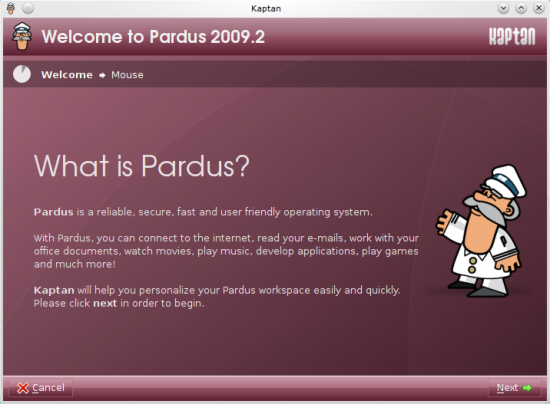
Kaptan is the equivalent of Linux Mint's mintWelcome application
In the image below, you will notice that the instruction says to “Click Apply Settings to …,” but “Apply Settings” does not exist in Kaptan. You might consider this nit-picking, but hey, I’m just trying to help.
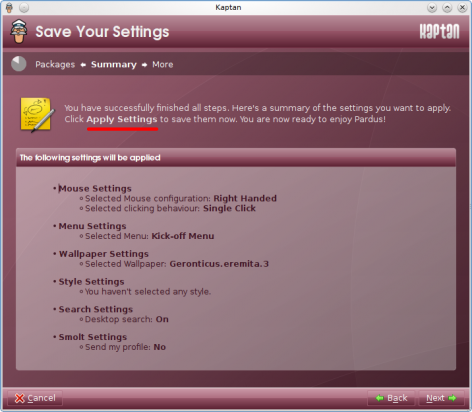
Apply Settings does not exist in Kaptan
-
Network Interface Configuration – On Pardus, network interfaces are not configured automatically. On first boot, don’t expect to be able to start surfing the Web. You will need to configure your connection first. Network interface configuration is one of the steps in Kaptan. On every distribution that I’ve used or reviewed, the main network interface, wired or wireless, is detected and configured automatically. I think Pardus should fall in line. Unless the network manager script is not capable of auto-configuring network interfaces, no useful purpose is served by forcing manual setup.
The Network interface configuration step is one step that should not be in Kaptan.

Kaptan page to setup a network interface
-
Graphical Firewall Manager – Pardus has a nice graphical firewall management application. It is not as feature-rich as that of Fedora or Mandriva, but it’s better than Gufw, the graphical firewall manager on Ubuntu and Mint.
One minor problem with Firewall Manager is that it is not enabled and configured by default. For the sake of new users, a tool like this should be enabled out of the box. Need help enabling and configuring the firewall? Here’s a detailed tutorial.

The graphical firewall management tool on Pardus
-
Graphical Package Manager and Available Software – The graphical interface to pisi, Pardus’s package manager, is very easy to use. There are a little more than 3500 packages in the main and contrib repositories combined, with about 900 installed by default. The main interface has three tabs – the Installable Packages, Installed Packages and the Upgradeable Packages tabs. Very easy to navigate.
The only problem, a minor one, but worth pointing out, is that the search feature cannot search across the three tabs. If you are in the Installed Packages tab, for instance, a search result will be limited to the packages installed on the system. Unless I missed something here, the search function needs some additional lines of code.
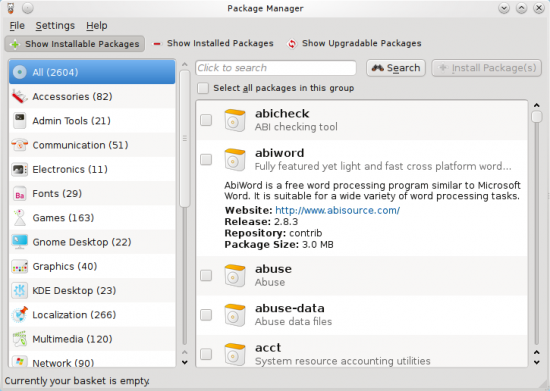
The graphical package manager for Pardus
In terms of installed and available applications, you will not find some very popular applications in the default repo. Media center applications like Moovida and XBMC, for example, are not installed and are not in the repos. Cairo-Dock, an application you may use to spice up your desktop, is not in the repo. What about games? Just one installed. If all you like to play is Frozen Bubbles, then you’ll be satisfied with Pardus’s selection of games. However, if you want more, you’ll have to use the package manager to install them yourself. Given that the iso image I downloaded is a 914 MB DVD image, I thought there was more than enough room to load a better selection of games than just Frozen Bubbles.
For chatting, Emesen, Pidgin and Skype are your options. The version of Skype available for installation, Skype 2.1.0, is the latest beta edition available for Linux.

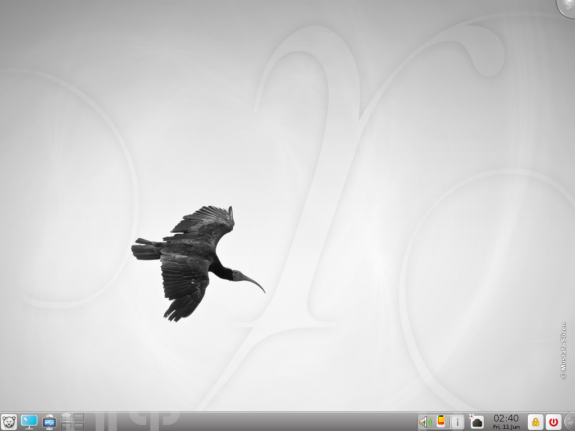
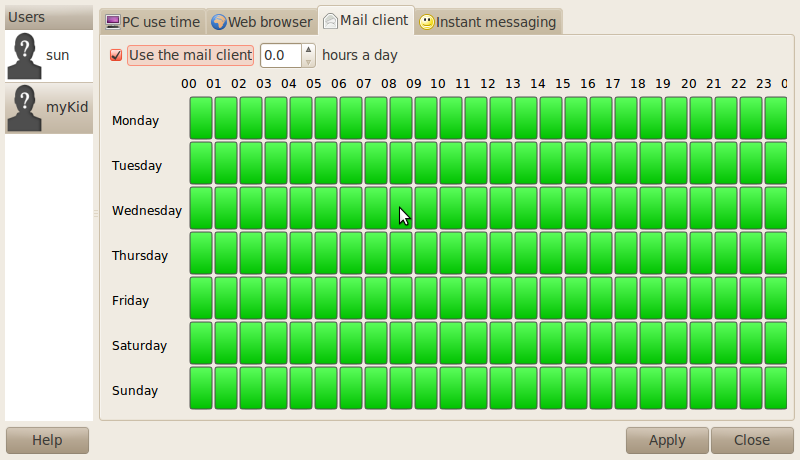

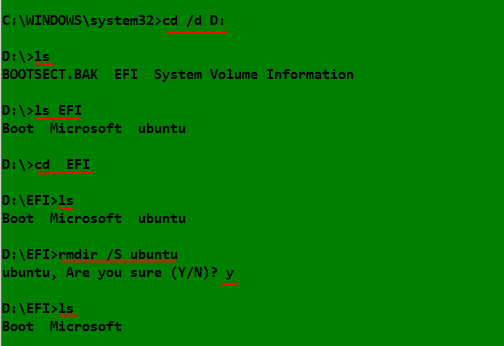
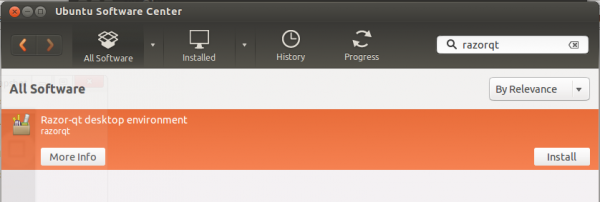


The main interface has three tabs – the Installable Packages, Installed Packages and the Upgradeable Packages tabs. Very easy to navigate.
The only problem, a minor one, but worth pointing out, is that the search feature cannot search across the three tabs.
That has been taking care of. Thanks for noticing it.
http://bugs.pardus.org.tr/show_bug.cgi?id=13506
I wouldn’t call though a KDE4 using distribution as being lightweight. It’s misleading.
just add contrib in kaptan, all you need is there.
Not true. Enabling Contrib adds very little to the app pool.
its good alternate distro for last users
The most common problem with Pardus have been with the Pisi/program handler (if read at forum questions).I hope they will improve it to the next version.
Then the chat programs I mentioned in my first comment supposed to be there.
Especially aMSN is good if using webcams.
True, they are. aMSN will not feature in a search result if your search string is chat, voip, “instant messenger,” but will if the search string is messenger, amsn, webcam, or may be a few others that I did not care to test.
Most new users (and many who write reviews also) with Pardus forgot to do a Pisi update after the installation by click at “show upgradable packages” before they start looking for programs in “Show installable packages”. Its necessary because it download programs by doing that, even if it show there are no updates.I can see at this comment that important step maybe was not done?
“For chatting, Emesen, Pidgin and Skype are your options”
I also got aMSN, Kmess and Licq in my own Pardus 2009.2 installation. Many other programs will be missing to if this step are not done. Programs for webcams etc..
So it can be a reason why so many say it have so small number of programs in the repo/pisi.
@John:
The first thing I do with every distro I’m reviewing is to get the system up to date. So with Pardus 2009.2, all the updates were applied and Package Manager dutifully reported that “All packages are up to date.”